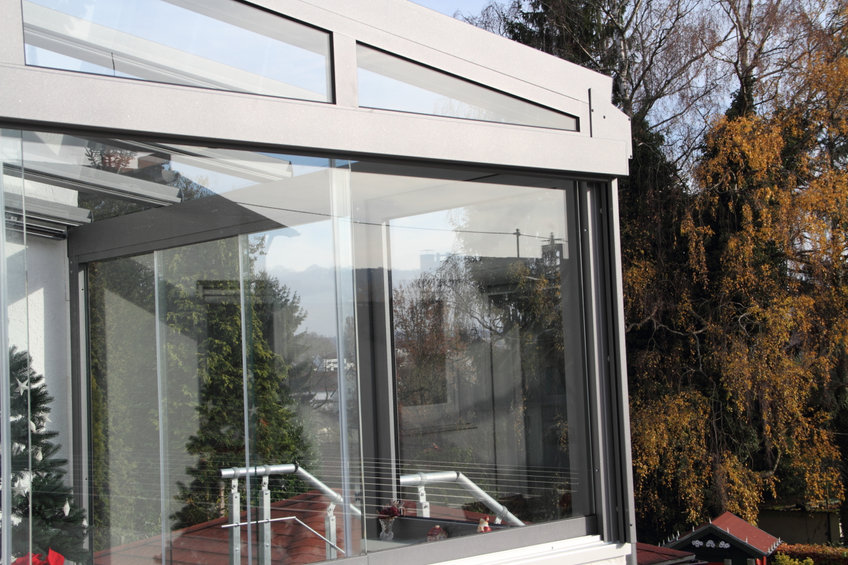
A Conservatory is an addition to your house that can be used for different purposes, such as entertaining family and friends or chilling during a lazy weekend mood. Conservatory roof replacements can breathe a way of injecting new life into your addition if it is old and drafty without remodelling the whole structure. In this blog, you will find out all you need to know about buying a conservatory roof.
The conservatory roof replacement can be a project that makes your structure more comfortable and aids in extending its life. Replacing the roof can see you enjoy that space for many years. The benefits of replacing your conservatory’s roof include:
• It changes the overall appearance, giving your structure a modern look that complements your house.
• You can add roof lights or spotlights to the new roof.
• The new roofing can have a better thermal efficiency that makes your conservatory warmer.
• It can be a significant value addition to your property since the conservatory can be transformed into a more habitable area.
When To Opt For A Conservatory Roof Replacement
The older conservatories were constructed with flimsy plastic roofing and lacked a solid foundation. Hence, few have withstood the test of time. They were short-lived additions to homes. Many of the old conservatories have a myriad of problems attributed to poor construction and the use of low-quality material. Some of the issues that the dated conservatories have are:
• Poorly weathered joints that lead to leakages when it rains
• Cracks on the foundation and walls due to ground movement
• Roofing perforated by hailstorms
And the few such conservatories that pass the test of time and are still standing are not used for a better part of the year. They are too cold during winter and too hot during summer because of inadequate insulation.
It is no surprise that many homeowners with dated conservatories will opt to pull them down or upgrade the structures. With many having a worn-out roof, a replacement is the next best option. You remove the old roofing and install a new, lightweight, solid composite roof.
An excellent replacement will be a robust roof with adequate insulation instead of a transparent or translucent material. The roof is thermally designed to keep in the heat while blocking out the harsh rays from the sun.
Replacing A Conservatory Roof With A Solid Roof
A solid roof is by far the best upgrade when replacing your conservatory’s roofing. The renovation is called material alteration work which must adhere to Building Regulations. That means you must submit a building control application. A building inspector will also be dispatched to examine the work to ensure it meets the requirements. If all checks out, you will receive a completion certificate.
Some of the national companies dealing with conservatory roof conversions have partnered with Building Control Agencies to provide clients with nationally approved designs. Homeowners can decide to go with one of the following four options when updating their conservatory roofing:
1). Add More Robust L-shaped profiles to strengthen the structure
Polycarbonate or glass roofing is supported by the windows with thin glazing beads. You can rely on these installations to serve as supportive rafters for the new solid replacement. Pull out the glazing beads and install stronger L-shaped profits with broad top flanges that can support the new replacement.
2). Consider using wood rafters for additional support
You can opt for a more robust upgrade like timber rafters that you can use alongside the existing thin glazing beads. And while the timber is hardy, you must consider a few other things:
• Unseasoned timber is prone to twisting and warping as it dries. Hence, you should include adequate bracing to ensure it stays in place. However, it is better to use seasoned timber.
• The replacement requires support at the end bearings, screwing the support structure alongside the glazing beads.
• Support might be absent at the eaves of an old conservatory if the windows and walls; hence you will need to install posts and lintels to improve the support.
The traditional conservatories with heavily tiled roofs had solid walls to support the weight. The windowed walls have beams and corner posts, creating a framing that ensures that the roofing’s weight is transferred down to the walls and the foundation.

